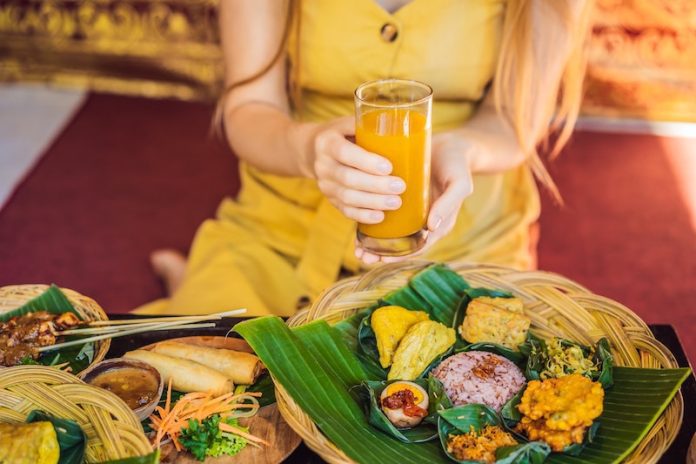
Both turmeric and vitamin D have long histories as natural health remedies.
Turmeric, a bright yellow spice primarily used in Asian cuisine, contains active ingredients called curcuminoids.
Curcumin, a star among these curcuminoids, is celebrated for its potential anti-inflammatory and cancer-fighting properties.
On the other hand, vitamin D stands out for more than just its role in bone health.
Yes, it’s crucial in aiding the absorption of calcium and phosphorus, but it also wears many hats: reducing cancer cell growth, controlling infections, and dampening inflammation.
The widespread presence of vitamin D receptors in our body suggests its importance goes beyond just bones.
Given that both turmeric and vitamin D have shown potential in improving blood pressure in diabetic animals, a team from Urmia University of Medical Sciences decided to see if these effects translate to humans, specifically those with type 2 diabetes.
80 participants, all with type 2 diabetes and low levels of vitamin D, were chosen for the study.
They were divided into four groups, each given either turmeric’s curcuminoids, vitamin D, a blend of both, or a placebo for a duration of 12 weeks.
After closely monitoring and measuring their blood pressure, the team observed:
Vitamin D reduced both top (systolic) and bottom (diastolic) blood pressure numbers.
Curcuminoids, on the other hand, had a pronounced effect in lowering the bottom (diastolic) blood pressure number.
Interestingly, curcuminoids appeared to counteract vitamin D’s effect on the top (systolic) blood pressure number.
However, when it came to the bottom (diastolic) number, curcuminoids and vitamin D worked together to reduce it.
These results point to a potential benefit of both curcuminoids and vitamin D in managing blood pressure for people with type 2 diabetes.
Yet, there’s still a mystery to unravel: why do they affect systolic and diastolic pressures differently?
For those intrigued and considering incorporating more curcuminoids or vitamin D into their diet, here are some food sources:
Curcuminoids: Turmeric (of course!), mango ginger, curry powder, and many curry dishes.
Vitamin D: Fatty fish like salmon, herrings, sardines, and cod liver oil, as well as egg yolks, certain mushrooms, and foods fortified with vitamin D.
In summary, while Shirin Ebrahimkhani and her team’s research sheds light on the potential of curcuminoids and vitamin D in blood pressure health, more studies are needed to fully grasp their impact.
Those keen on the intricate details can refer to the Clinical Nutrition ESPEN journal, where the study was published.
If you care about blood pressure, please read studies about how diets could help lower high blood pressure, and 3 grams of omega-3s a day keep high blood pressure at bay.
For more nutrition information, please see recent studies that beetroot juice could help reduce blood pressure, and results showing cinnamon could help lower high blood pressure.





